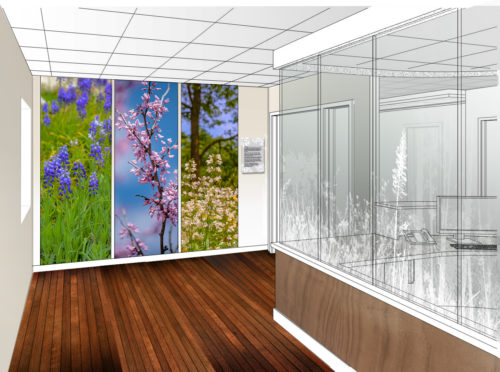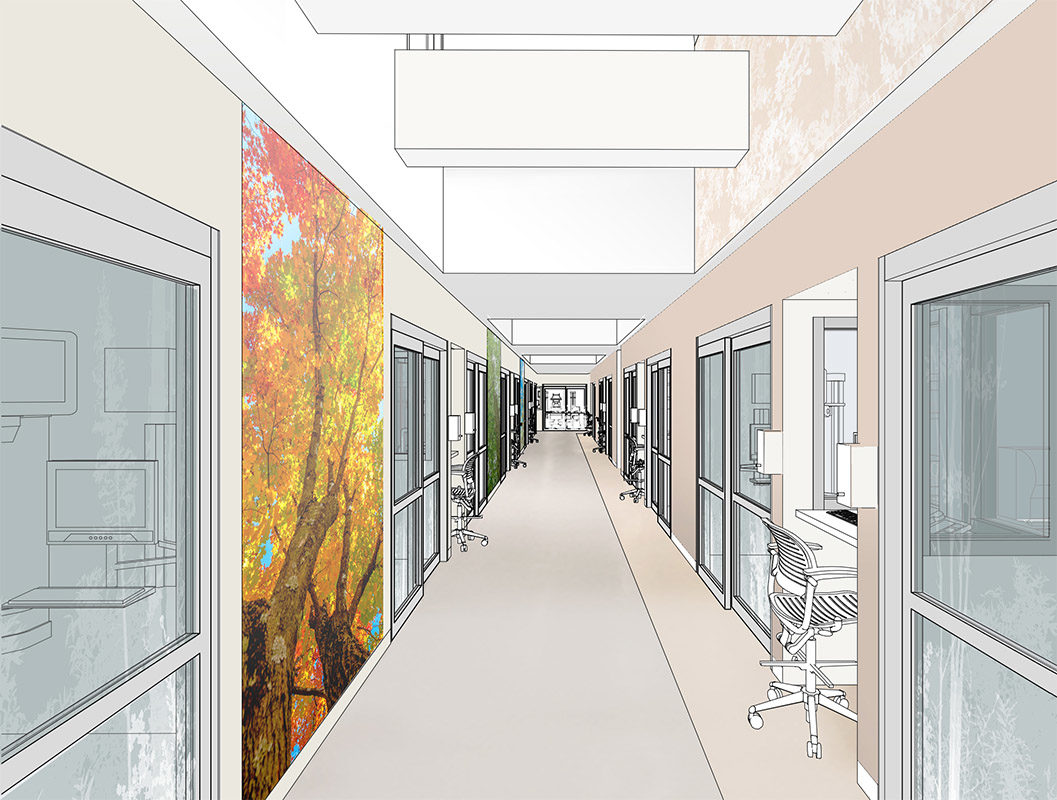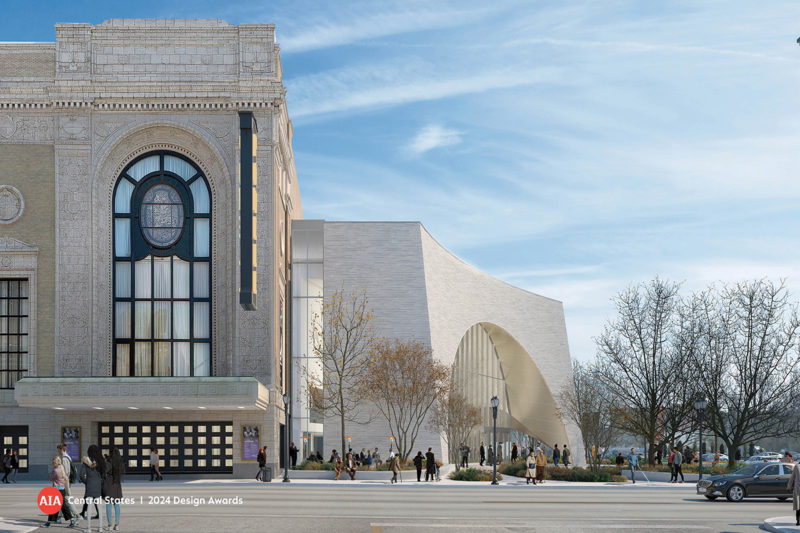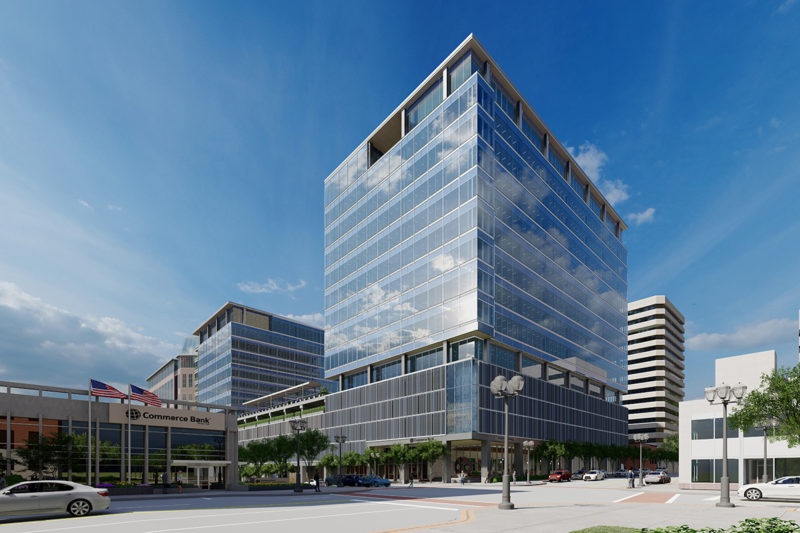Many healthcare providers have an interest in sustainability and, as long-term users of their buildings and operators of their space, they are excellent candidates for Leadership in Energy and Environmental Design (LEED) certification. However, many are unable to pursue LEED for their buildings for various reasons including inability to meet space or functional prerequisites. Another barrier to LEED for healthcare projects is the stringent mandatory regulations which facilities are required to comply with often conflict with LEED. Challenges including high energy and water usage, and the nature of cleaning protocols necessary for patient care can also make meeting LEED criteria improbable or very expensive. Now there is a new standard which seems an ideal fit for the healthcare market: the WELL building standard which focuses on the health and wellness of building occupants.
The International WELL Building Institute introduced the WELL building standard in 2014. Like other rating systems, the standard has categories of points available, several of which are required “preconditions” and others which are elective “optimizations.” The standard has 7 categories of points to achieve including air, water, nourishment, light, fitness, comfort and mind. However, unlike LEED, the WELL standard focuses more on the quality of these elements than the quantity used. For example, areas such as sterile processing departments require large amounts of water usage to clean instruments which make meeting LEED water usage standards difficult if not impossible. The WELL standard, however, is more focused on the water quality, which is part of standard protocol for sterile processing departments which must make sure surgical instruments are cleaned properly and free of contaminants.
The SSM Health St. Mary’s Hospital Neonatal Intensive Care Unit (NICU) project, currently under construction, exhibits several qualities which serve as examples of how the WELL standard could be put into practice. Lighting, a tricky subject when dealing with babies, is a key focus of the WELL standard. This NICU utilizes daylight in one corridor and circadian lighting in the other to bring a natural diurnal cycle of light to these infants which can be allowed in or kept out by curtains when desired. Window coverings on the patient room windows also help to control the amount of daylight received by these babies and their families. Creating separate zones within the room for the babies and their family allows for baby to be sleeping in more controlled light while families can still enjoy natural light. Another challenge in planning for NICU design is acoustics. Utilizing sound reducing surfaces and other sound control measures are also part of the WELL standard.

An additional focus of this unit was creating a sense of tranquility though the use of natural artwork. Floor to ceiling images blanket the walls of these patient rooms and corridors helping to bring images of nature to families with the intent of creating a calming and healing environment. WELL awards these types of efforts with points available for beauty and mindful design and incorporation of natural elements.

The WELL standard is gaining ground amongst green building rating systems and is of increasing interest to healthcare systems. Whether designing for patient care spaces like surgical suites or NICUs or for support spaces like offices, labs, sterile processing, fitness centers, or food service, this standard can be applied to help create an environment which encourages and promotes health and wellness.
Interested in learning more about how you can incorporate wellness into your facilities? Contact Natasha for more details.



